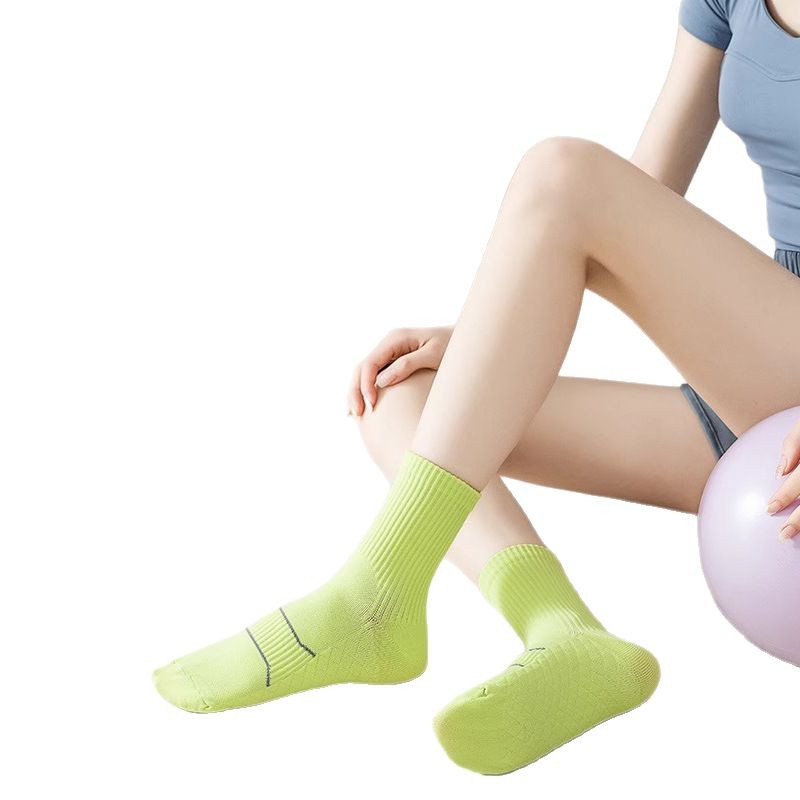

Women’s socks may seem like simple, everyday accessories, but their role in comfort, fashion, and foot health is far more significant than many realize. Whether you wear socks made of cotton, wool, silk, bamboo fiber, or synthetic blends, their durability and performance depend largely on how you wash and maintain them. Without proper care, even the highest-quality socks can lose their shape, develop holes, fade in color, or become uncomfortable to wear. This article explores practical strategies for washing and maintaining women’s socks to extend their life while preserving both comfort and style.
Before diving into washing methods, it is important to recognize that women’s socks come in a wide variety of fabrics, each requiring specific care.
Caring for socks properly ensures that fibers maintain their elasticity, color, and softness, which directly impacts comfort and appearance.
Mixing white, dark, and colored socks often leads to fading and discoloration. Additionally, combining delicate fabrics with heavier materials can cause unnecessary wear. Always separate socks into categories: whites, darks, and delicates.
Turning socks inside out helps reduce pilling and preserves vibrant colors. It also allows the inner layer—the part that absorbs sweat and bacteria—to be thoroughly cleaned.
Strong detergents may weaken fibers, especially in wool, bamboo, or silk socks. A mild, fragrance-free detergent is recommended to avoid chemical residue that could irritate the skin.
High temperatures can cause shrinkage and weaken elasticity. Washing socks in cold or lukewarm water not only protects fibers but also saves energy.
If you choose to machine wash, use a gentle cycle to minimize friction. Placing socks in a mesh laundry bag further prevents stretching, tangling, and snags.
Luxury socks made of silk or fine wool should ideally be hand washed. Use cool water, mild soap, and avoid wringing. Gently squeeze excess water with a towel instead.

Drying socks correctly is as important as washing them.
Wearing the same pairs repeatedly accelerates wear. Having a sufficient rotation of socks allows each pair time to rest, extending their overall lifespan.
Holes in socks often come from sharp toenails. Keeping toenails smooth reduces friction and prevents tearing.
Avoid stretching socks by balling them tightly. Instead, fold them neatly or roll them gently. Storing them in a dedicated drawer organizer also prevents fabric distortion.
If you notice tiny holes, repair them with a simple needle and thread before they expand. This small habit can greatly extend the usability of your socks.
Dry or cracked skin can damage the inner fabric of socks. Healthy feet contribute to sock preservation and overall comfort.
As more women choose sustainable fashion, maintaining socks responsibly can reduce waste and environmental impact. Some eco-friendly practices include:
Properly washing and maintaining women’s socks is about more than just cleanliness; it is about extending their lifespan, preserving comfort, and making the most of your investment. From sorting and washing to drying and storage, each step contributes to keeping socks in excellent condition. By following these simple yet effective practices, you can enjoy soft, fresh, and stylish socks that last much longer than expected. In addition, adopting eco-friendly care habits ensures that your sock maintenance routine benefits not just you, but also the environment.
Women’s socks may be small items in a wardrobe, but when cared for properly, they can provide long-lasting comfort, durability, and style—step after step.